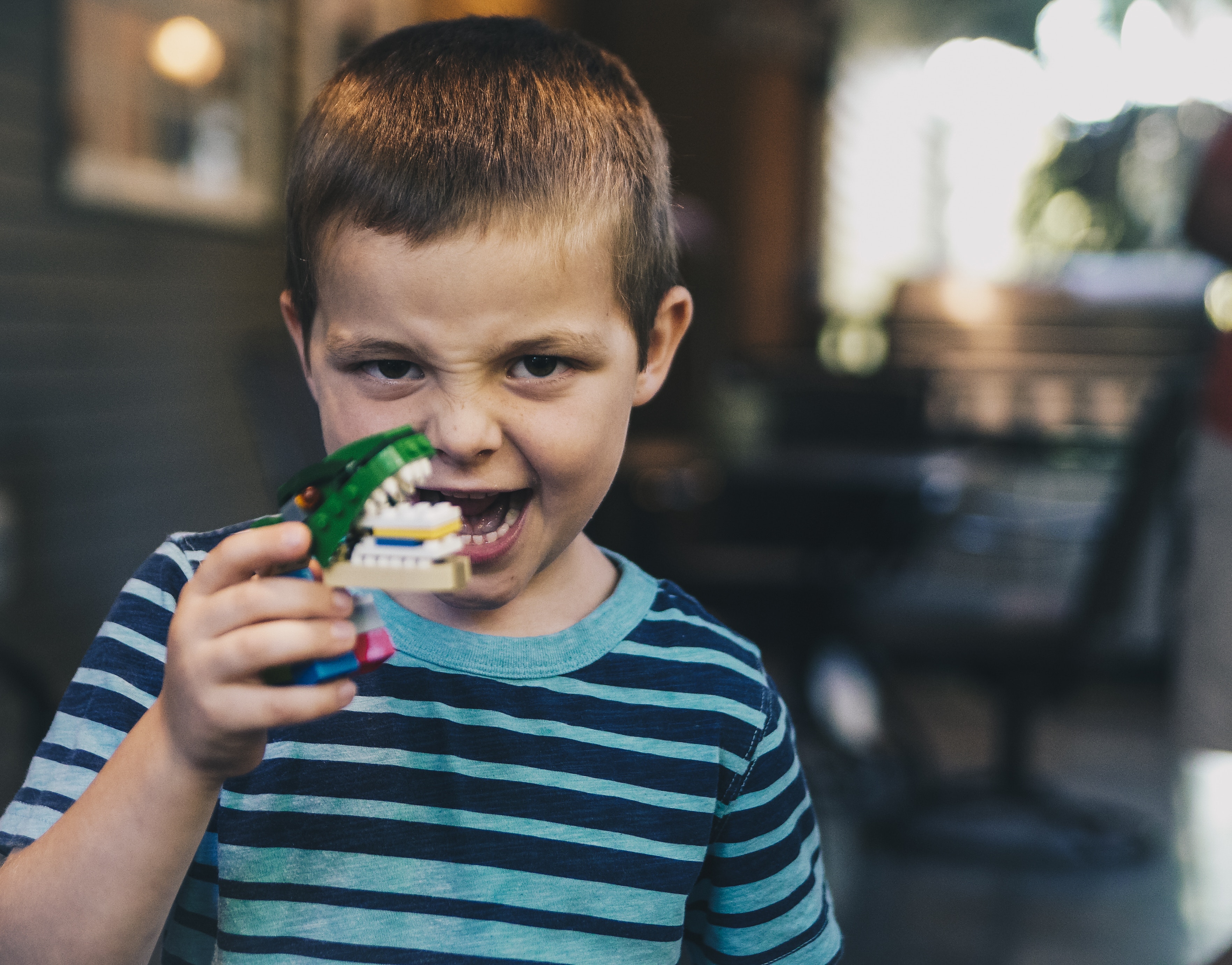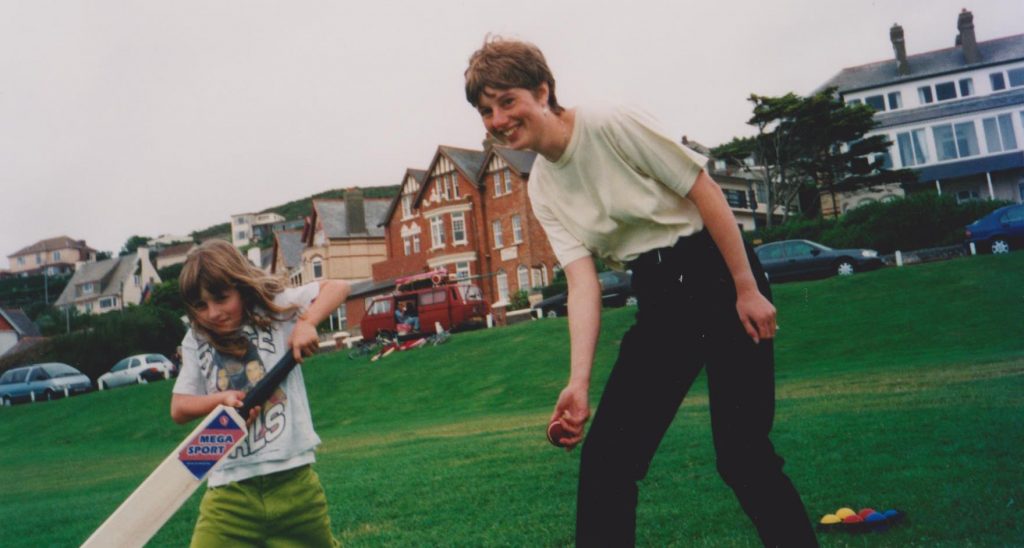I’ve never really thought my upbringing was anything other than normal. I played with LEGO, had a Furby my dad my locked under the sink after it wouldn’t shut up (which I’m pretty sure is a human rights violation) and made rocket ships out of furniture with my grandad.
Like most of us, growing up I didn’t give any of this stuff a second thought. Sometimes I wore a pink jacket, sometimes I wore an incredibly cool matching multi-coloured bobble hat and jumper set my nan knitted. Same difference, right?
During the past few weeks, though, the idea of how we’re treated because of our gender has repeatedly hit the headlines. First, there was Clarks. The shoe shop was forced to apologise and withdraw a pair of girl’s shoes from sale after outrage the female version was decorated with pink hearts and called “Dolly Babe”. The male version came complete with a football motif and christened “leader”.
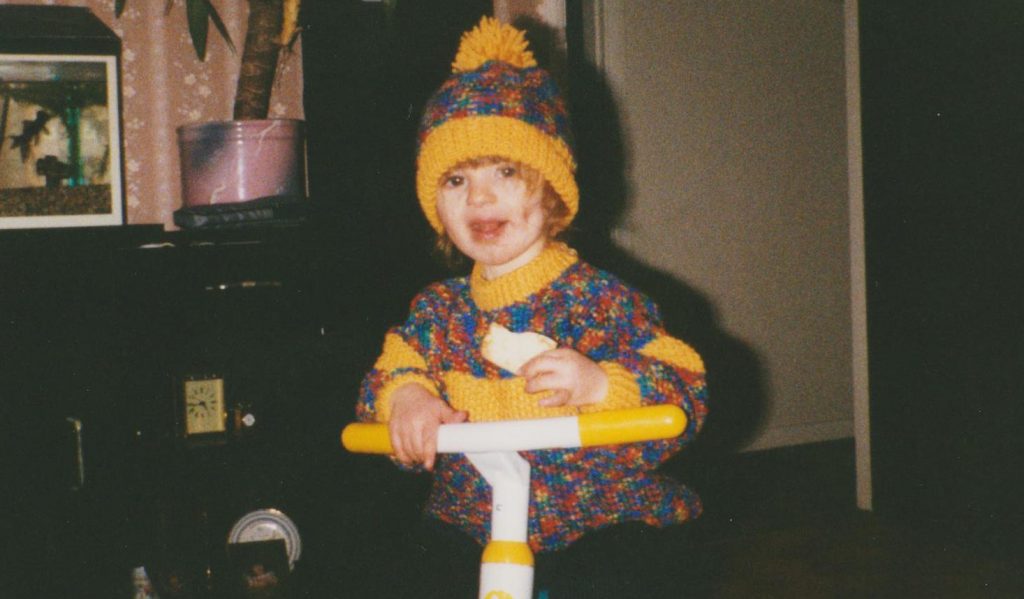 I wasn’t lying when I said I had a matching bobble hat set. Image Credit: Lesley Collins
I wasn’t lying when I said I had a matching bobble hat set. Image Credit: Lesley Collins
Then there was the now infamous Google memo, a leaked internal document from one of the company’s engineers who claimed the business’s aims to increase gender diversity in tech, engineering, and leadership were ill-founded. Namely, he said women and men were biologically different and better suited to different things.
It’s undeniable women are hardly represented in some professions. Just 21 percent of people working in science, engineering, and technology are women, while just seven of the FTSE 100 companies are lead by female CEOs. But is this really down to biological differences, or could it be the stereotypes we’ve constructed as a society?
A question of science – and of assumptions
It’s fair to say I will never be a champion cricketer. Image credit: David Collins
Dr. Christia Brown, a researcher into gender stereotypes and the author of Parenting, Beyond Pink and Blue, firmly believes it’s the latter. “Stereotypes limit kids in a couple of ways,” she tells RightsInfo. “It limits their exposure to a variety of experiences when they’re young, and we know that experiences shape the brain in very real and permanent ways.
It shapes their brains and their understanding of these concepts in ways which are then hard to overcome.
“So, for example, if young girls are not given the opportunity to play with LEGOs, or other maths and construction toys, it shapes their ability to mentally rotate shapes. This then relates to things like geometry, trigonometry and more advanced maths. That shapes their brains and their understanding of these concepts in ways which are then hard to overcome. It artificially reduces what they’re capable of.”
This isn’t just unfounded science either. Recent research, for example, has shown that there’s actually no such thing as a ‘male’ or ‘female’ brain. Less than eight per cent of people actually have all the characteristics of what scientists would expect an “all-male” or “all-female” brain to look like. The rest of us sit comfortably in the middle. As such, perhaps it’s not the biology of our brains that marks the difference between us, but how we’re told to act.
Percentage of Women in Professions
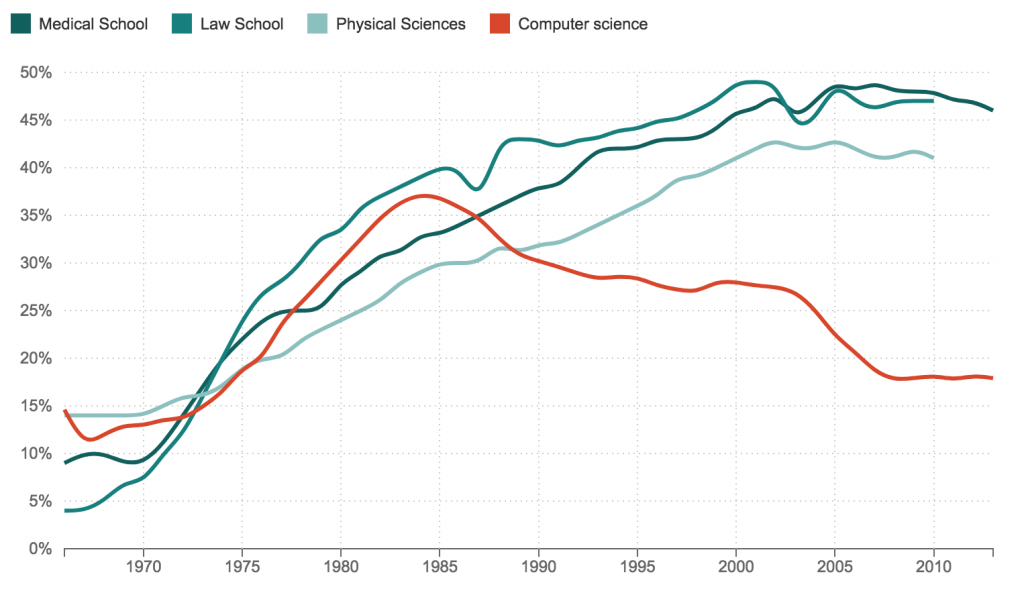
Image Credit: NPR / Planet Money
Research from NPR’s Planet Money also throws up some interesting results. While the number of women working in medicine, law and physical science has broadly risen, the number of women in computer science has actually fallen, after it peaked in the 80s. This chimes exactly with the introduction of the personal computer, an invention which was initially marketed towards men.
Similarly, No More Boys and Girls, which concludes on BBC 2 this evening, encountered some dramatic findings after just six weeks of going gender free in one primary school. The difference in self-esteem between boys and girls dropped from eight per cent to just 0.2 per cent. None of the girls used the words “ugly” to describe themselves afterwards, unlike before, and the boys were noticeably better at dealing with their emotions.
“We all vary, but stereotypes limit us,” adds Christia. “It’s not naturally what we were born to do.” She stresses though that there’s nothing wrong with girls who do like pink, or boys who are naturally sporty – it’s about having the freedom and choice to be who we want to be in the first place.
Creating the change in society
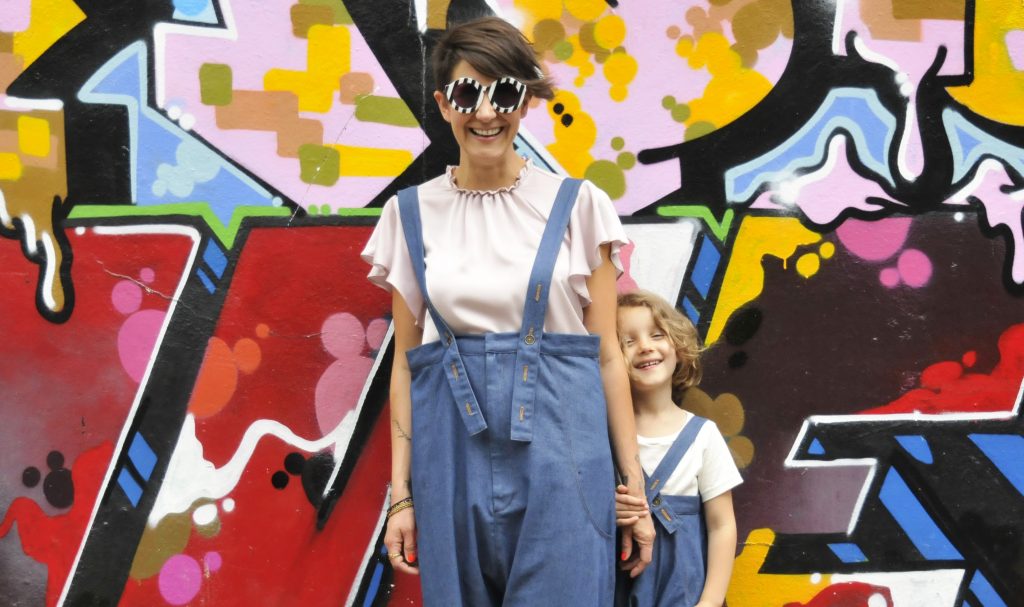 Kelly started her clothes range girlstalktoboys in 2016. bImage Credit: Kelly Ekardt
Kelly started her clothes range girlstalktoboys in 2016. bImage Credit: Kelly Ekardt
Challenging ideas that hold anyone in society back is fundamental to our human rights. Equality was at the heart of their conception, and they actively protect us against discrimination. The United Nations has also issued specific human rights guidance on the damage gender stereotyping can do – both for men and women. And, as gender issues frequently move to the forefront of our conversations, it’s sparked a campaigning movement both in parenting and business.
Nishtha Chugh, a writer from London, tells RightsInfo she makes a concerted effort to introduce her two-year-old boy to a range of toys. “I send him to play with the two little girls next door on purpose. All their toys – kitchen, shopping trolley and dolls – are unsurprisingly bright pink. But I keep reminding him they are not ‘girlie toys’. He loves playing with the kicthen set.
“When girls come over, I nudge them to explore trains, trucks and planes, and that they are not ‘boys’ toys. Recently, I showed them videos of American Amtrak trains and rocket launches and the children loved them.”

Unisex clothing is also on the rise. Image Credit: Kelly Ekart
Similarly, there has also been a rise in business start-ups with toys for everyone, instead of simply dividing toys and clothes into pink and blue. 36-year-old Kelly Ekart started girlstalktoboys just last year, after failing to find a wide range of unisex clothes for children. She’s since expanded the range to adults after popular demand.
It’s just clothes, but that’s already putting imprints on kids’ minds.
“Girlstalktoboys has always been about your self-confidence, your self-identity,” she explains to RightsInfo. “Everyone wants to stand out from the crowd in their own way. The first thing you see when you look at someone is what they’re wearing. Most of us do it, and as soon as you see something, you already start making pre-conceived ideas.
“Kids shouldn’t have limitations that say you’re a girl so you can’t do that, and that’s already starting. Its just clothes, but that’s already putting imprints on kids’ minds. It starts from a very simple concept, from the very beginning – as simple as clothes or toys.”
Making sure children are free to express themselves however they wish seem like a small thing, but, as Kelly points out, “everyone has to wear clothes, after all”.

